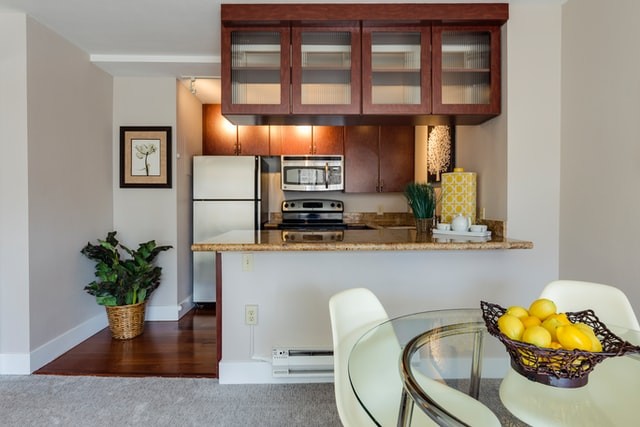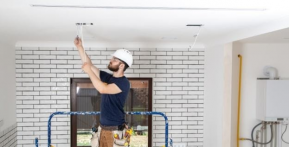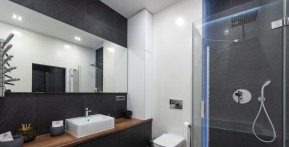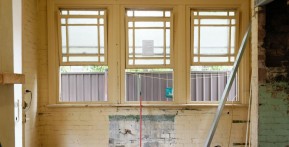
Decorating a small space can be a fun and creative challenge, but it's easy to make mistakes that can make the space feel cramped or cluttered. With careful planning and attention to detail, even the tiniest of rooms can feel comfortable, inviting, and well-designed.
To make the most of your limited square footage, avoid these common design pitfalls:
1. Sticking to Bright Lights and Colors
While it's true that light colors can make a small space feel larger and brighter, sticking exclusively to bright lights and colors can make the space feel sterile and uninviting. Instead, aim for a balanced mix of light and dark tones to add depth and contrast to the room. Consider incorporating rich, saturated colors or warm neutrals to create a cozy and welcoming atmosphere.
2. Only Selecting Small Furniture
It's a common misconception that small spaces require small furniture. While it's essential to choose appropriately scaled furniture for a small room, opting exclusively for petite pieces can make the space feel cluttered and cramped. Instead, select a few larger statement pieces that serve multiple functions, such as a sofa with built-in storage or a coffee table with hidden compartments.
3. Installing Single-Purpose Furniture
In a small space, every piece of furniture should serve multiple purposes to maximize functionality and efficiency. Avoid single-purpose furniture that only serves one function, such as a dining table that can't double as a workspace or a bed that doesn't offer storage underneath. Instead, choose versatile pieces that can adapt to your changing needs and lifestyle.
4. Failing To Maximize Wall Space for Storage
Vertical storage is essential in small spaces where floor space is limited. Failing to utilize wall space for storage can lead to clutter and disorganization. Invest in wall-mounted shelves, cabinets, or floating shelves to keep belongings off the floor and create a sense of visual openness. Consider using multifunctional furniture, such as a wall-mounted desk that folds down when not in use, to maximize space further.
5. Failing to Maximize the Room's Layout
In a small space, the layout is key to maximizing functionality and flow. Failing to plan the room's layout carefully can result in awkward or inefficient use of space. Before purchasing furniture or decor, take measurements of the room and create a floor plan to determine the best arrangement for your needs. Consider traffic flow, natural light, and focal points when arranging furniture to create a balanced and harmonious space.
READ NEXT: 5 Budget-Friendly Ways to Remodel Your Bathroom













